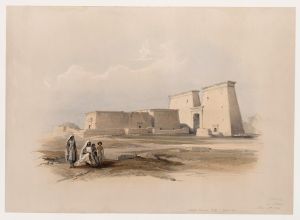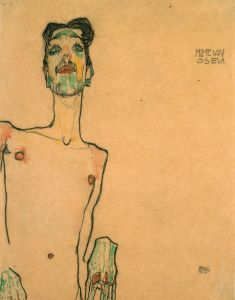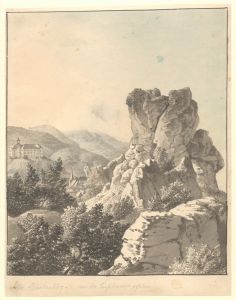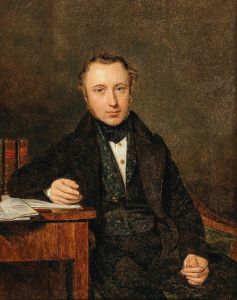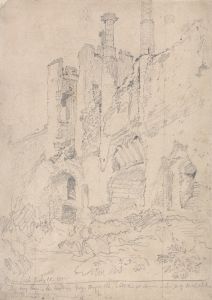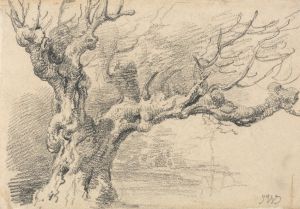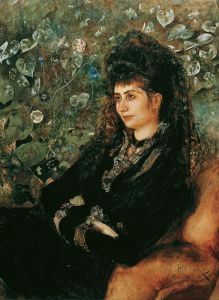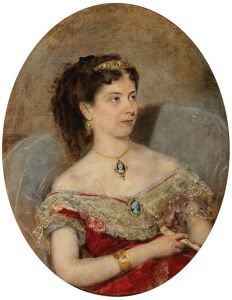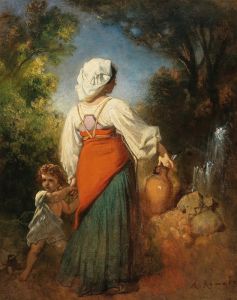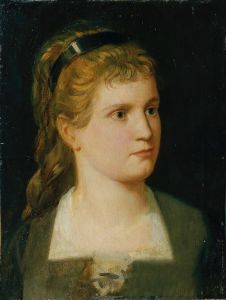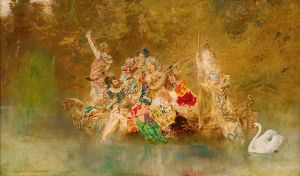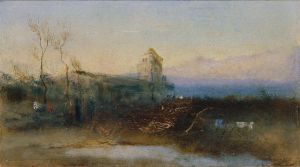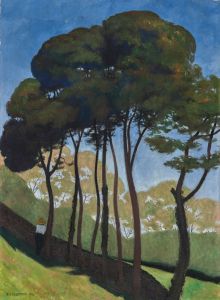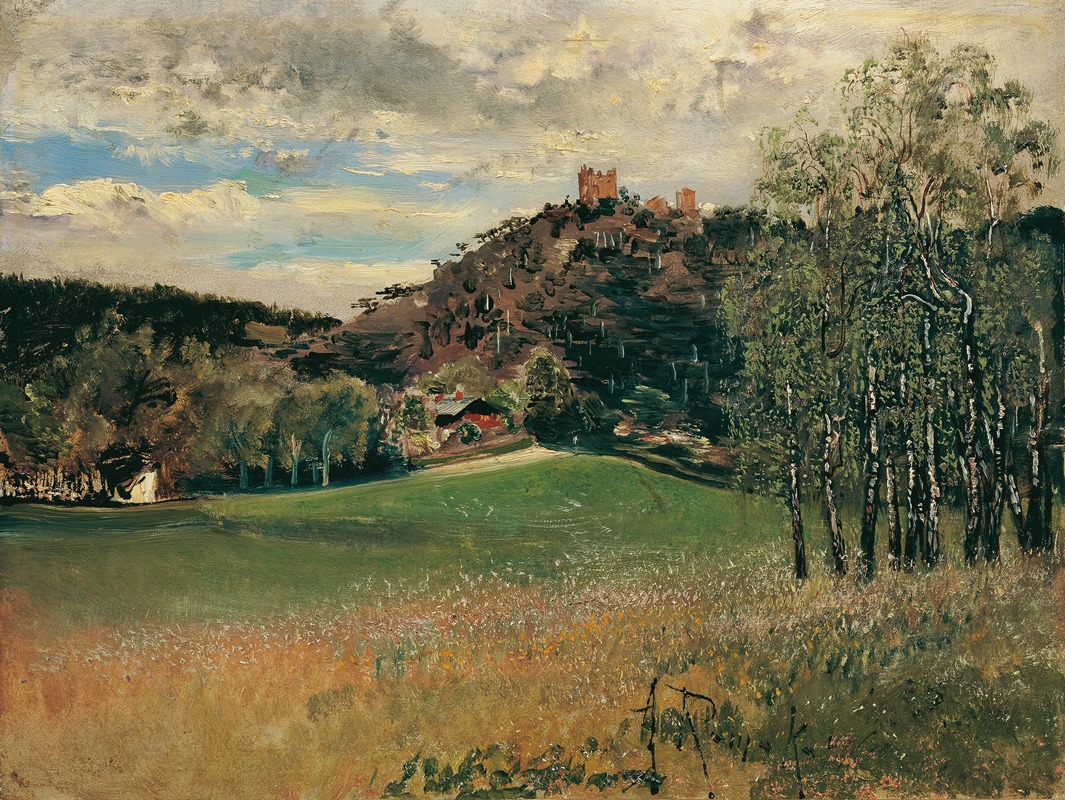
Die Meiereiwiese in der Vorderbrühl mit der Ruine Mödling
A hand-painted replica of Anton Romako’s masterpiece Die Meiereiwiese in der Vorderbrühl mit der Ruine Mödling, meticulously crafted by professional artists to capture the true essence of the original. Each piece is created with museum-quality canvas and rare mineral pigments, carefully painted by experienced artists with delicate brushstrokes and rich, layered colors to perfectly recreate the texture of the original artwork. Unlike machine-printed reproductions, this hand-painted version brings the painting to life, infused with the artist’s emotions and skill in every stroke. Whether for personal collection or home decoration, it instantly elevates the artistic atmosphere of any space.
Anton Romako was an Austrian painter known for his unique style that bridged the gap between traditional academic painting and the emerging modernist movements of the late 19th century. One of his notable works is "Die Meiereiwiese in der Vorderbrühl mit der Ruine Mödling," which translates to "The Meierei Meadow in the Vorderbrühl with the Ruins of Mödling." This painting captures a picturesque landscape scene that reflects Romako's interest in nature and historical architecture.
The painting depicts the Meierei Meadow located in the Vorderbrühl, a scenic area near the town of Mödling in Lower Austria. The Vorderbrühl is known for its natural beauty, characterized by lush meadows and rolling hills. In the background of the painting, the ruins of Mödling Castle are visible. These ruins are a significant historical landmark in the region, dating back to the medieval period. The castle was originally built in the 11th century and played an important role in the defense of the area during various historical conflicts.
Romako's depiction of this landscape is notable for its attention to detail and the atmospheric quality of the scene. The artist's use of light and shadow creates a sense of depth and realism, while his brushwork captures the textures of the natural environment. The painting reflects Romako's ability to convey the serene beauty of the Austrian countryside, as well as his interest in historical subjects.
Anton Romako was born on October 20, 1832, in Atzgersdorf, near Vienna. He studied at the Academy of Fine Arts in Vienna and later in Munich and Rome. Romako's early works were influenced by the academic style prevalent at the time, but he gradually developed a more individualistic approach to painting. His work often featured historical and mythological themes, as well as portraits and landscapes.
Despite his talent, Romako struggled to gain recognition during his lifetime. His unconventional style was not well-received by the conservative art establishment of the time, and he faced financial difficulties throughout his career. It was only after his death on March 8, 1889, that his work began to receive the attention it deserved. Today, Romako is considered an important figure in Austrian art history, and his paintings are appreciated for their emotional depth and innovative techniques.
"Die Meiereiwiese in der Vorderbrühl mit der Ruine Mödling" is an example of Romako's ability to blend traditional landscape painting with a more modern sensibility. The painting captures a specific moment in time, preserving the natural and historical beauty of the Mödling region for future generations to appreciate. It serves as a testament to Romako's skill as a painter and his deep connection to the Austrian landscape.
The painting is part of the collection at the Belvedere Museum in Vienna, which houses a significant number of Romako's works. The museum is dedicated to preserving and showcasing Austrian art, and Romako's paintings are an integral part of its collection. Through exhibitions and publications, the Belvedere Museum has played a crucial role in re-establishing Romako's reputation as a pioneering artist who contributed to the development of modern art in Austria.





